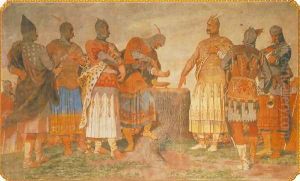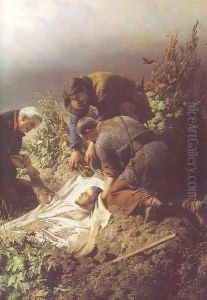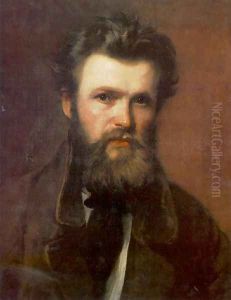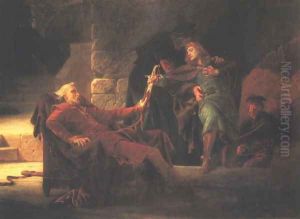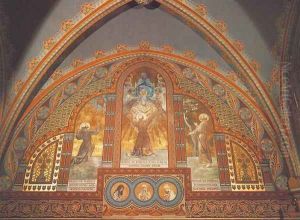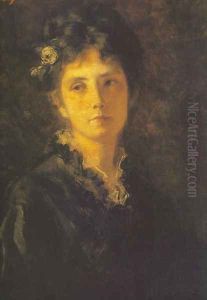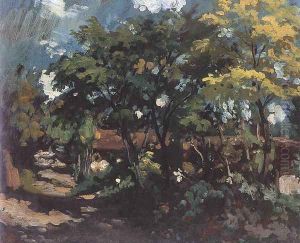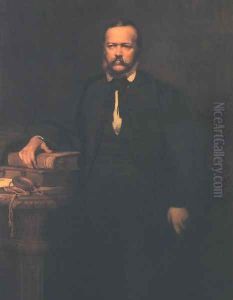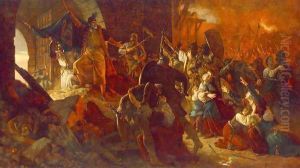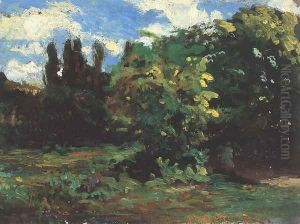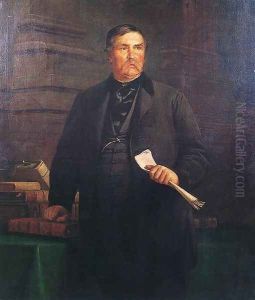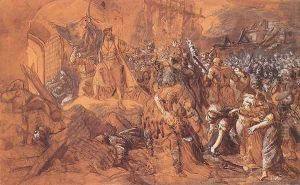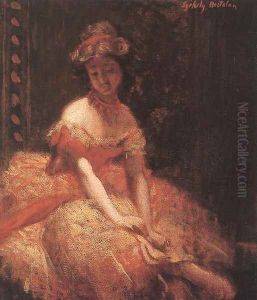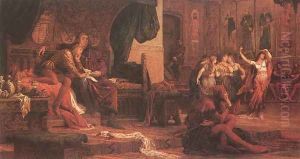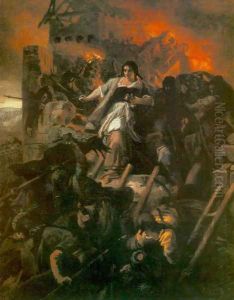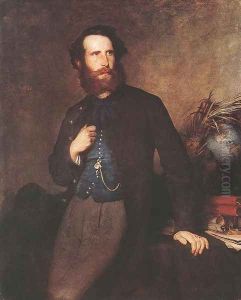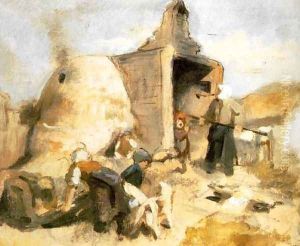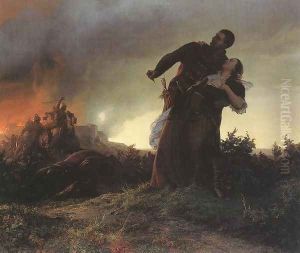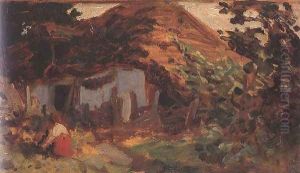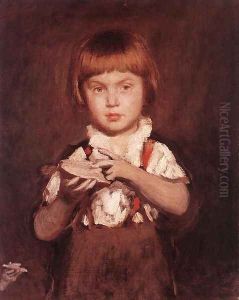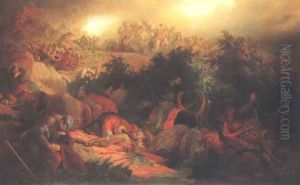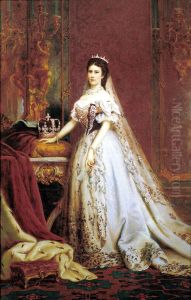Bertalan Szekely Paintings
Bertalan Szekely was a Hungarian painter and one of the leading figures of the romantic-nationalist movement in Hungary during the 19th century. Born on May 8, 1835, in Kolozsvár, which is now Cluj-Napoca, Romania, Szekely showed an early talent for art and was initially trained by his father, who was a professional painter. He continued his studies at the Vienna Academy between 1851 and 1855, and later at the Munich Academy.
Szekely's works were strongly influenced by historical themes and Hungarian folklore, which were part of the larger European Romantic movement that sought to emphasize national identity and history. He was particularly known for his historical paintings and murals, which often depicted key moments and figures in Hungarian history. His masterpieces include 'The Women of Eger', which illustrates the women of Eger participating in the defense of the city against the Ottomans in 1552, and 'Hunyadi László's Farewell', a dramatic representation of a 15th-century Hungarian hero.
Aside from historical paintings, Szekely also produced portraits, landscapes, and genre paintings. His style evolved over the years, showing the influence of various artistic movements such as Realism and later, Symbolism. He was a respected teacher at the Hungarian Academy of Fine Arts, where he had a significant impact on the next generation of Hungarian artists.
Throughout his career, Szekely received numerous awards and honors, both nationally and internationally. His works were exhibited across Europe, including in Vienna, Munich, and Paris. Szekely's contribution to Hungarian art was pivotal in defining the visual culture of the nation during a time of intense cultural and political development.
Bertalan Szekely passed away on August 21, 1910, in Budapest. His legacy endures through his influential artworks and his role in shaping the Hungarian Romantic nationalist movement in art. His paintings are held in high esteem and can be found in museums, galleries, and private collections in Hungary and around the world.


